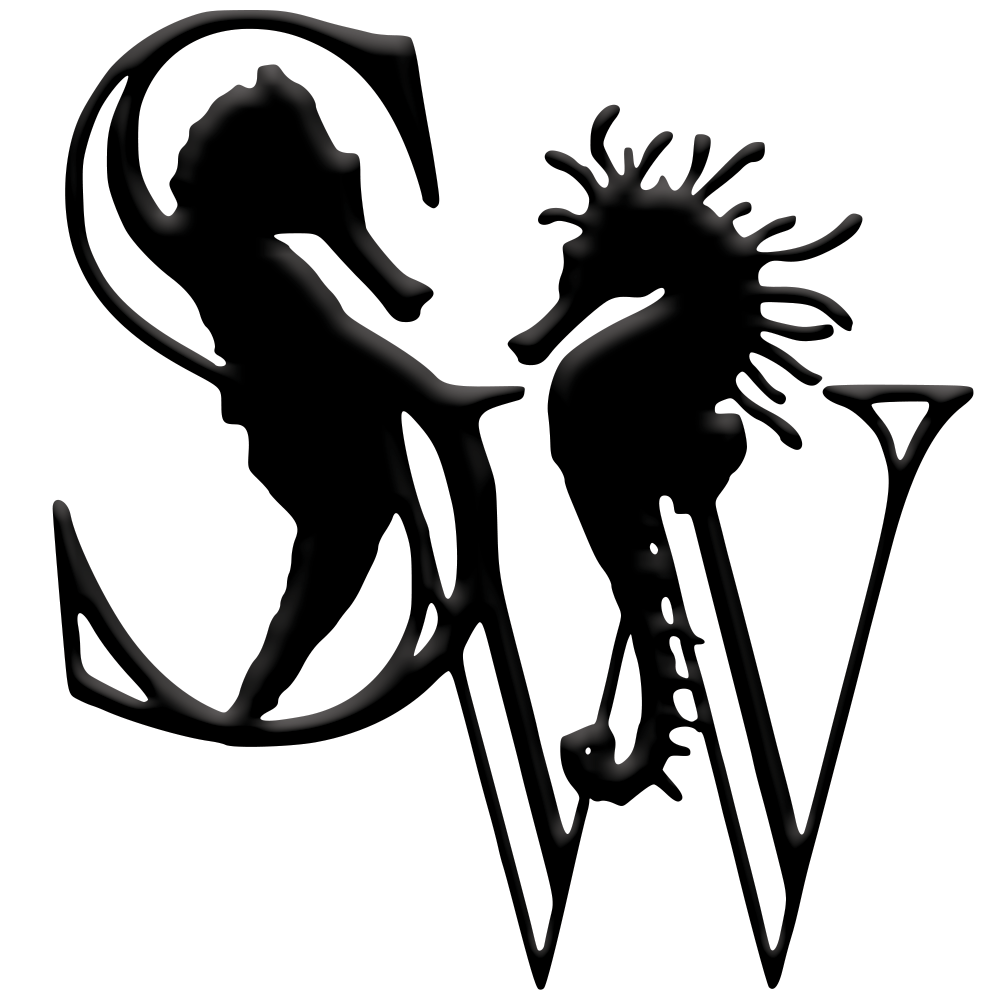There are so many different ways to keep seahorses successfully, but after many years of failures and successes, we’ve come up with a basic guide for newcomers to follow. This Beginner’s Guide is for a newcomer that hopes to set up a seahorse tank. It covers the ways that you can begin to keep seahorses and avoid troubles and illnesses.
If you prefer to watch or listen, here’s a video covering this topic
Keeping seahorses is much easier than many would have you believe, PROVIDED the proper environment is setup for them. Read below to learn more or jump to specific topics:
Recommendation: Minimum 29 gallons for a pair of seahorses. An additional 25 – 30 gallons for each added pair.
Reasons: Your seahorses might arrive looking little (around 3-4 inches), but they can grow to up to 12 inches. One of the biggest problems that seahorse keepers face is controlling organics in the tank (or keeping the clean enough that bacteria doesn’t grow to a level that is harmful to the seahorses). The bigger the tank, the more mistakes you can make.
Read m
Sand or bare bottom. Stay away from crushed coral or gravel. Learn why!
Minimum of 10 times the turnover of tank volume per hour. 15+ times turn over recommended. Learn more about turn over and how to create flow throughout the tank!
Adequate to handle the anticipated biological load. Seahorses eat more and organics are a serious threat. Learn more about how to cycle the tank, how to anticipate the bioload and how to handle biological filtration.
Should have some type designed to remove suspended particulate matter as well as a good performing protein skimmer.
69 – 77 degrees F with 72 to 74 being ideal.
The first thing to consider when considering seahorses is your setting up properly for success. Let’s dive into the details about why we recommend the suggested requirements above.
30+ gallons per pair is suggested for several reasons. First, the seahorses might arrive looking quite small (3-4 inches), but they can grow to up to 12 inches! While they might look small in your big tank at first, they will quickly grow and need more room. Seahorses also tend to claim “territories”. Especially male seahorses will pick a space in the tank and want other seahorses to find another place to hitch. They are social and like to interact with each other, but also like a quiet place of their own when they need a break from the others (or they are pregnant). The more space they have, the better. The most important reason for choosing a larger tank and more water volume is that more water leaves more room for error. Nutrient export is especially important in a seahorse tank because they eat more often than other fish and have inefficient immune systems that cause them to get sick more easily in dirty water.
More about the basics from Seahorse Source: “The two places where most folks fail is the improper environment and under feeding. Examples of improper environments can range from adding them to a tank that is too small, a tank that is too warm, wrong tank mates, wrong amount of flow, or lack of enough filtration. Seahorses will generally thrive if the proper environment is set up and they are fed properly.
Having worked with seahorses for over 15 years, assisted many customers, and being an active participant on several message boards, we have paid attention to what works long term and where folks run into problems. Many hobbyists succeed well beyond 5 years and sometimes as long as 10 years with the same seahorses, yet we have seen many others that can’t seem to get beyond 1 to 1 1/2 years, often even shorter periods. There is a common theme in how tanks are setup with the successful hobbyists.
The information being provided is based on those that have had long term success keeping seahorses. If this information is followed, odds are you will succeed. This doesn’t mean there can’t be exceptions in the setup, in this hobby one can always find an exception, however, odds are you will find yourself dealing with some type of an issue if these guidelines are not followed. This can range from minor to major. We get calls every week from these folks asking for help. In many cases, a simple tweak or a correction in the setup and their seahorses flourish. Sadly, in other cases they were given or obtained bad information and the setup is just not conducive for seahorses. Unless you already have a history of successfully keeping seahorses, it is strongly recommended to sticking to what is known to work.
Keeping seahorses should be easy, fun, entertaining and educational. Even for newbies to the hobby. In fact, we have found folks who are new to the hobby, are patient, do the proper research, and follow our advice are generally the most successful, even more so than some of the more experience marine hobbyists”.

